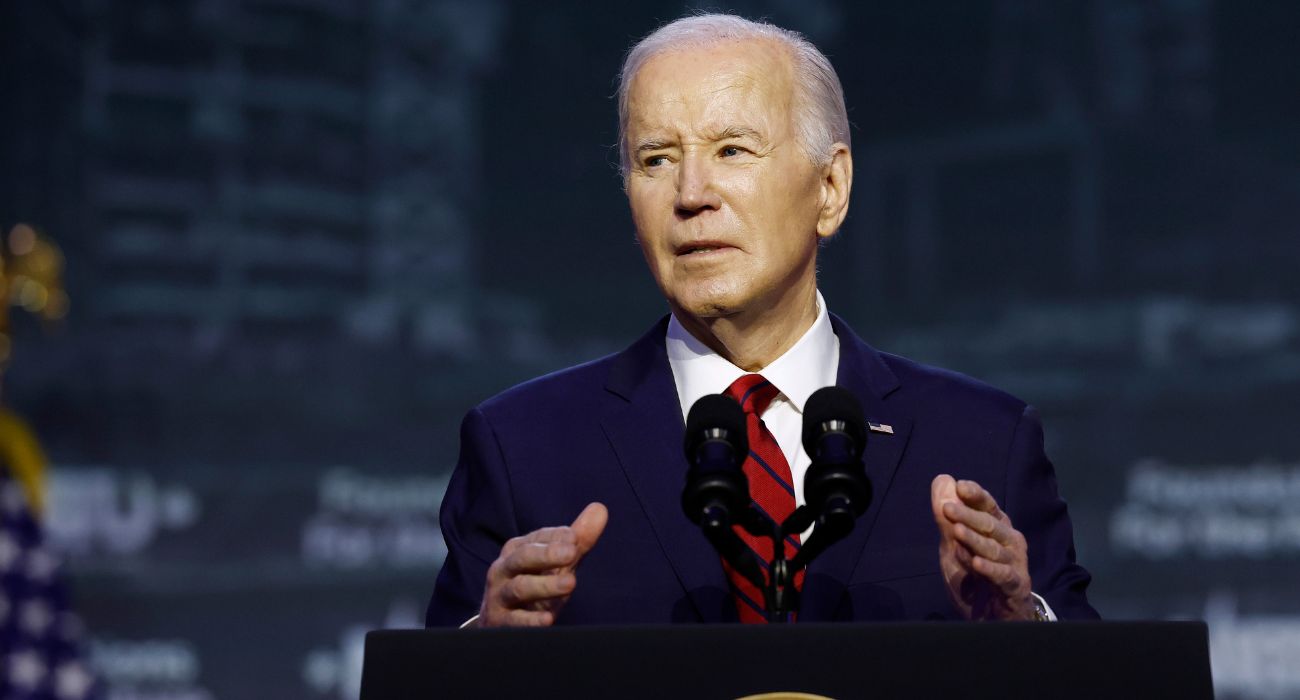NASA and Lockheed Martin have collaborated in an effort to build a one-of-a-kind jet.
The X-59 is an airplane that is designed to fly at supersonic speeds without making any sonic booms. Due to the plane’s unique shape, it is expected to make a quieter sonic “thump” that can barely be heard on the ground, if at all.
The X-59 was built by Lockheed Martin at their Skunk Works facility in Palmdale, California, but was moved to another Lockheed facility in Fort Worth, Texas. At the Fort Worth facility they are completing a series of structural tests before returning to California, NASA reports.
“Our Texas site has existing facilities to perform the kinds of tests needed. It would have been expensive, and time-consuming to design and build them from scratch in Palmdale,” said Mike Buonanno, a Lockheed Martin aerospace engineer. “But in Fort Worth, they’ve got the perfect facility with a full control room and all the support equipment needed to do those tests very efficiently.”
Lockheed Martin in Fort Worth has produced many jets in the past, including the F-16 Fighting Falcon that was built there for many years, so NASA has faith in their abilities to be able to “hit the ground running.”
NASA has three goals for the time that the X-59 will spend in Fort Worth. According to Walter Silva, who is a senior research scientist at NASA’s Langley Research Center in Virginia, the first goal is to make sure that the airplane can handle the anticipated loads during flight.
The second goal is to calibrate the sensors built into the X-59, which are designed to tell the pilot how much stress is being measured on points along the aircraft. The third goal is to take the data received from those tests and compare it with the computer models that NASA uses in designing the airplane in the first place and ensure the accuracy of what they predicted would happen.
Once the structural tests are finished, representatives for NASA and Lockheed will start performing fuel tank calibration tests. To conduct these tests, the X-59’s gas tank will be filled with fuel-remaining sensors inside while the airplane is pitched, rolled, and sitting still.
When all tests are completed, the jet will be returned to Palmdale, California. The exact timeline for return is currently unknown. Once the X-59 is back in California, the jet will have the rest of its major systems and subsystems installed with hopes of having its first flight later this year.






